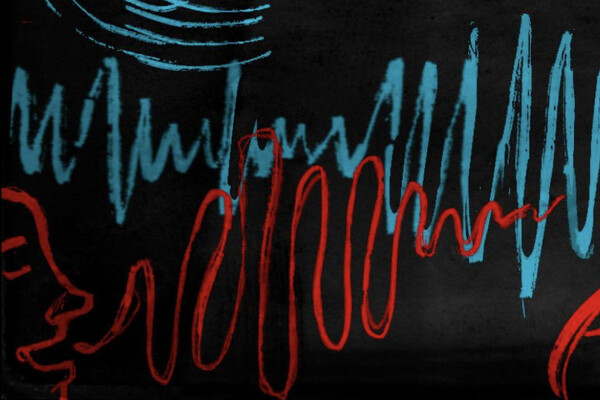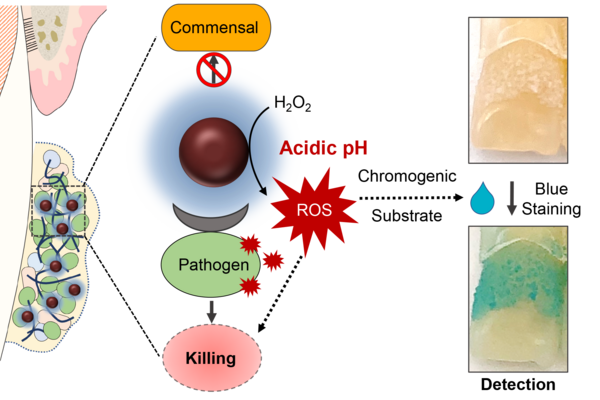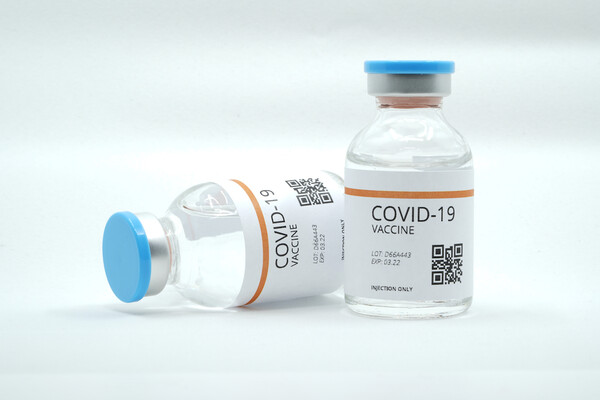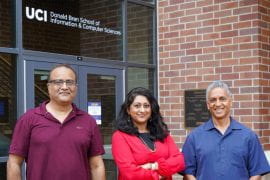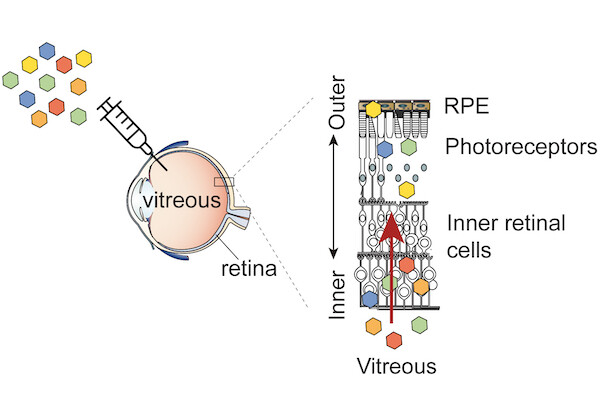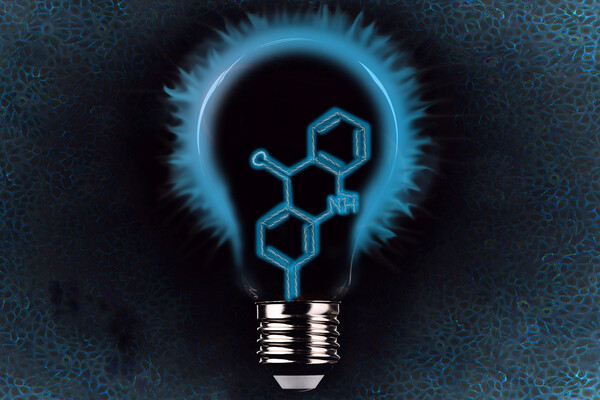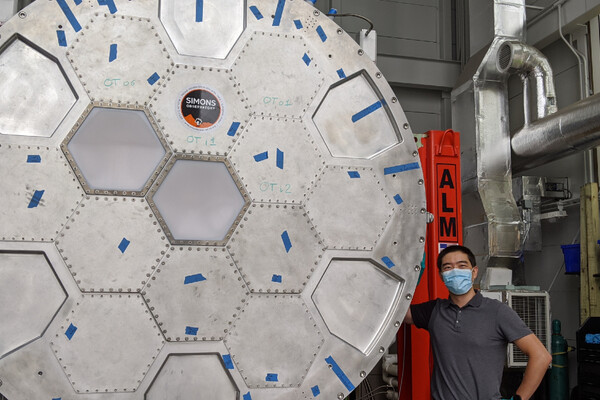Season three of the School of Arts & Sciences podcast explores scientific ideas that get big reactions.
Latest News
Supporting Philadelphia newcomers and longtime residents through Palms Solutions
Founded by a Penn alum, the West Philadelphia-based nonprofit connects members from area African and Caribbean immigrant communities with students through mentoring and tutoring alongside social and cultural exchanges.
A new model for how the brain perceives unique odors
Using statistical physics and insights from biology, this research can help inform new hypotheses and experiments towards understanding the olfactory system, a complex and crucial pathway of the brain.
‘Nanozyme’ therapy prevents harmful dental plaque buildup
An iron-oxide nanoparticle that is FDA-approved to treat anemia acts as an enzyme to activate hydrogen peroxide to suppress the growth of tooth-decay-causing biofilms in the human mouth, according to a study led by the School of Dental Medicine.
Four facts about the COVID-19 boosters
The FDA and CDC endorsed boosters of the Moderna and Johnson & Johnson COVID-19 vaccines just a month after the agencies did the same for a Pfizer/BioNTech booster. Here’s what’s known today about these shots.
NSF Civic Innovation Challenge awards $1 million to UCI for disaster resilience in aging communities
Project prototype to be implemented at senior health facility in Anaheim
Novel gene therapy platform speeds search for ways to cure blindness
A newly developed single-cell RNA sequencing technique enables researchers to quickly identify an optimal vector for delivering therapeutic genetic material to treat vision disorders, and perhaps other genetic conditions.
Eight Penn researchers receive 2021 NIH Director’s Awards
The National Institutes of Health grants, totaling more than $8 million, will support seven high-risk, high-reward research projects.
Improved fluorescent amino acids for cellular imaging
New research describes how to insert synthetic fluorescent amino acids into proteins in living cells, with implications for the study of neurological diseases.
Penn cosmology team ready to field the largest ever cosmic microwave background camera
A new study details the inner workings of the Large Aperture Telescope Receiver, the cryogenic camera that will be installed at the Simons Observatory at 17,000 feet in northern Chile.


